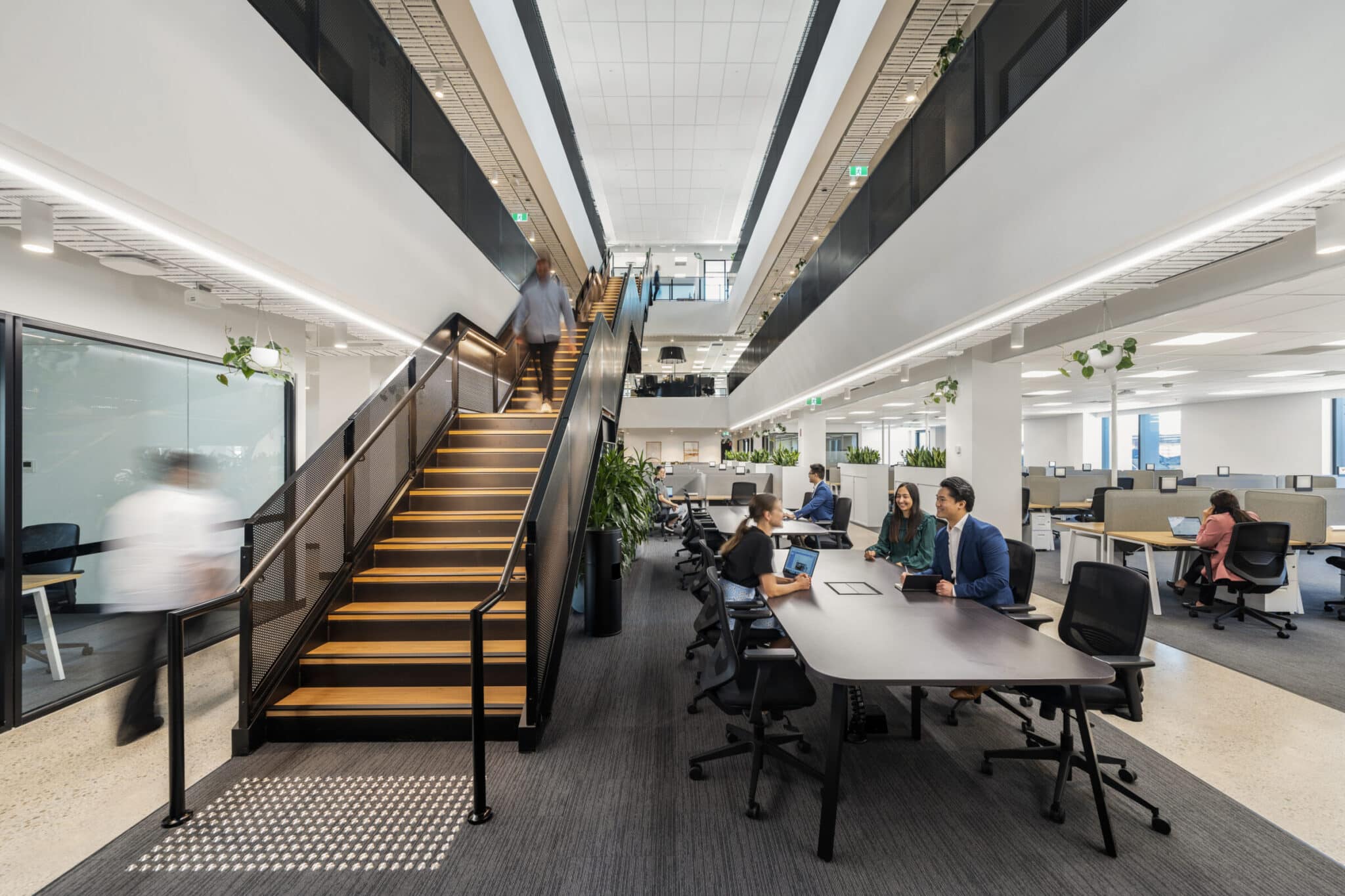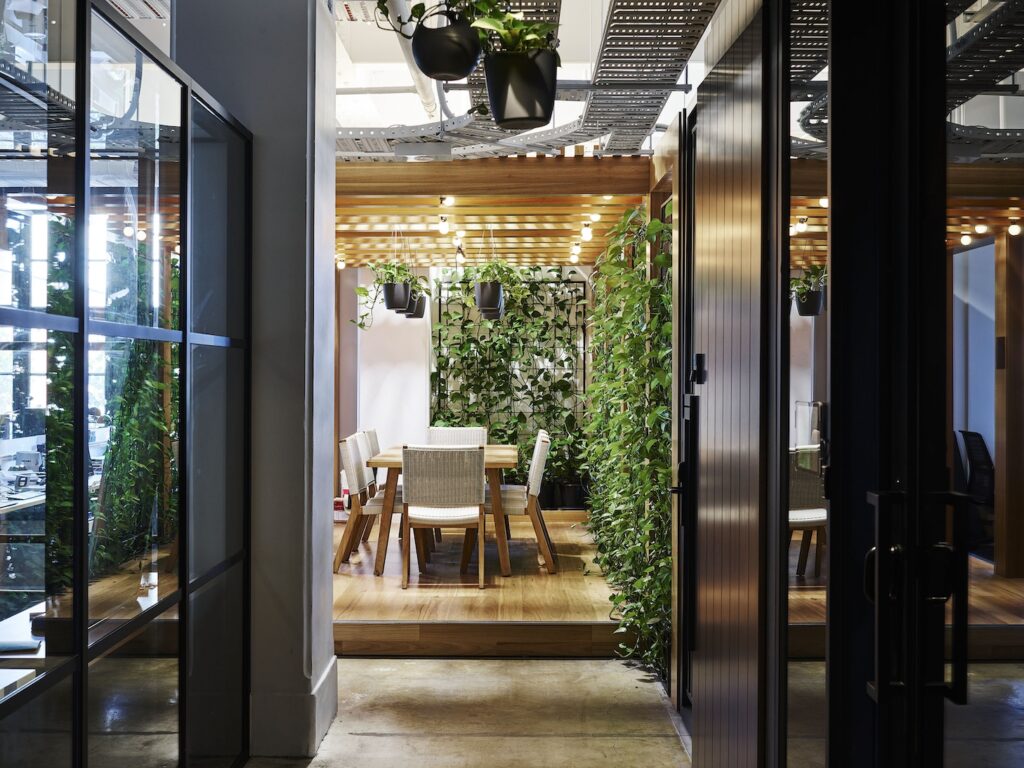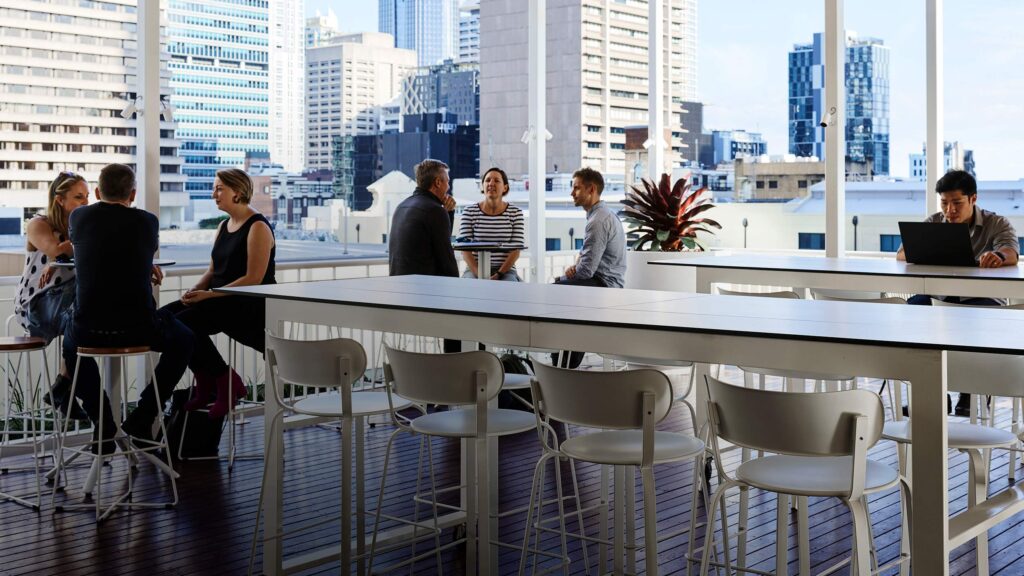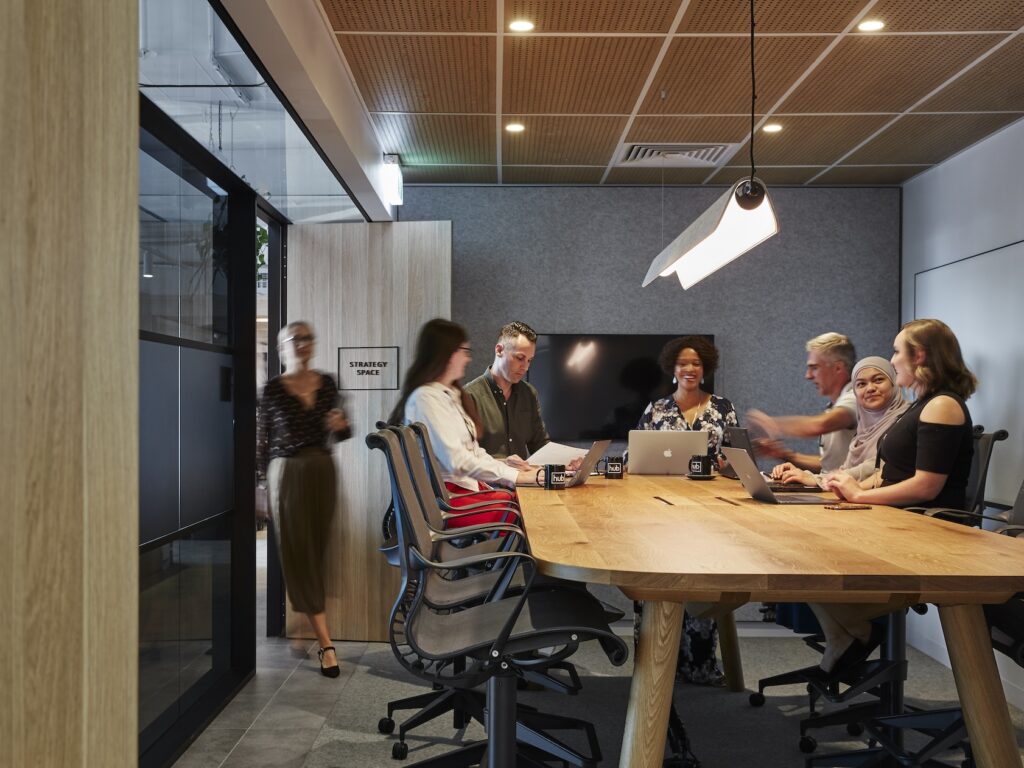The pandemic turned the world of work on its head. No longer are we bound to the daily grind of commuting to the office, as flexibility leads the way. And, with 71% of Australian workers citing workplace flexibility as being an important factor in their choice to stay in a job, this won’t change anytime soon.
As the dust of the pandemic settles and we look towards the future of work, we’re seeing a new revolution emerge: working near home. The idea is simple but effective. Instead of commuting to a central office, employees can work in satellite offices located closer to their homes. This way, they can enjoy the benefits of remote work without sacrificing the connection and engagement that comes with working in an office.
Working from home doesn’t always work
There’s no doubt having the option to work from home has its perks. It gives people more control over busy life schedules and a greater work life balance, especially for those who may have children to care for. It eliminates the daily commute, saving time and money, and can be a less stressful solution for those who are more introverted or need to engage in ‘deeper’ work.
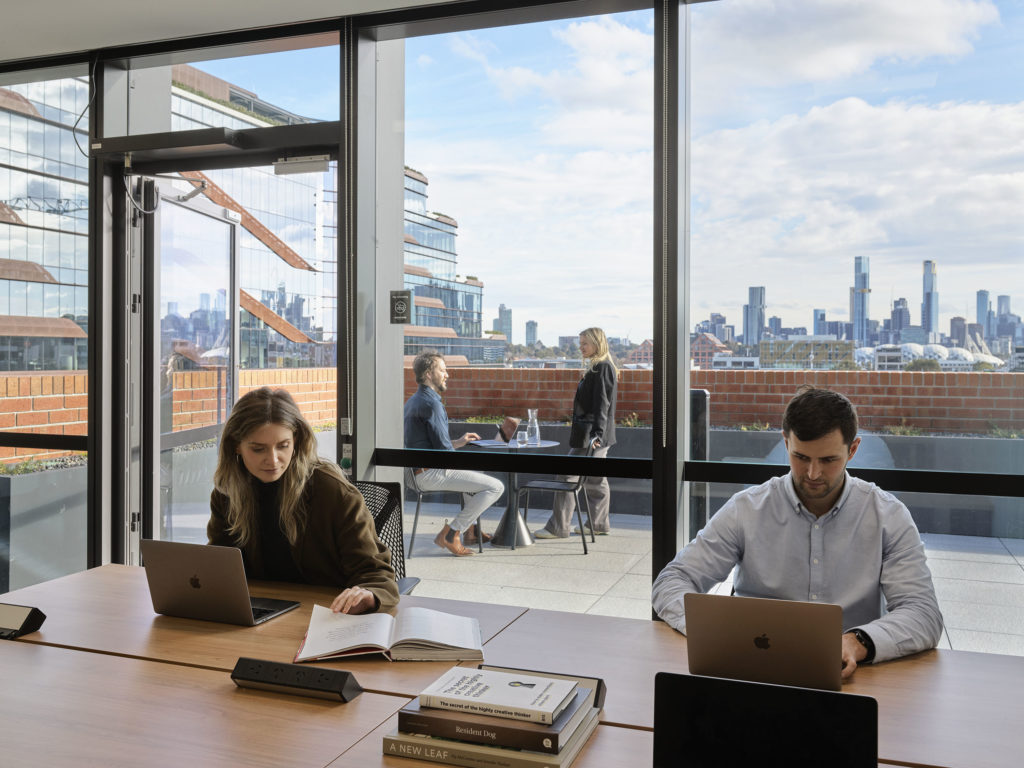

It’s not always the perfect solution, though. Some find it difficult to maintain a work life balance, feeling like they never really leave work. Others find it hard to stay focused in a home environment that is full of distractions. There are plenty of people who simply don’t have the means to work from home comfortably — they may be living with housemates, or in a small apartment.
Ultimately, one of the biggest challenges of working from home is the lack of face-to-face interaction. We’re social creatures, and many of us thrive on the energy and connection that comes from working alongside others. Communication platforms like Zoom, Microsoft Teams, and Slack can only do so much.
The happy medium: work near home
For years, the standard model of work has depended on a centralised office, with workers commuting from their homes to an office HQ. For many, this means long commute times, traffic congestion, loss of a work life balance, and an arbitrary correlation between coming into the central office and supposed productivity.
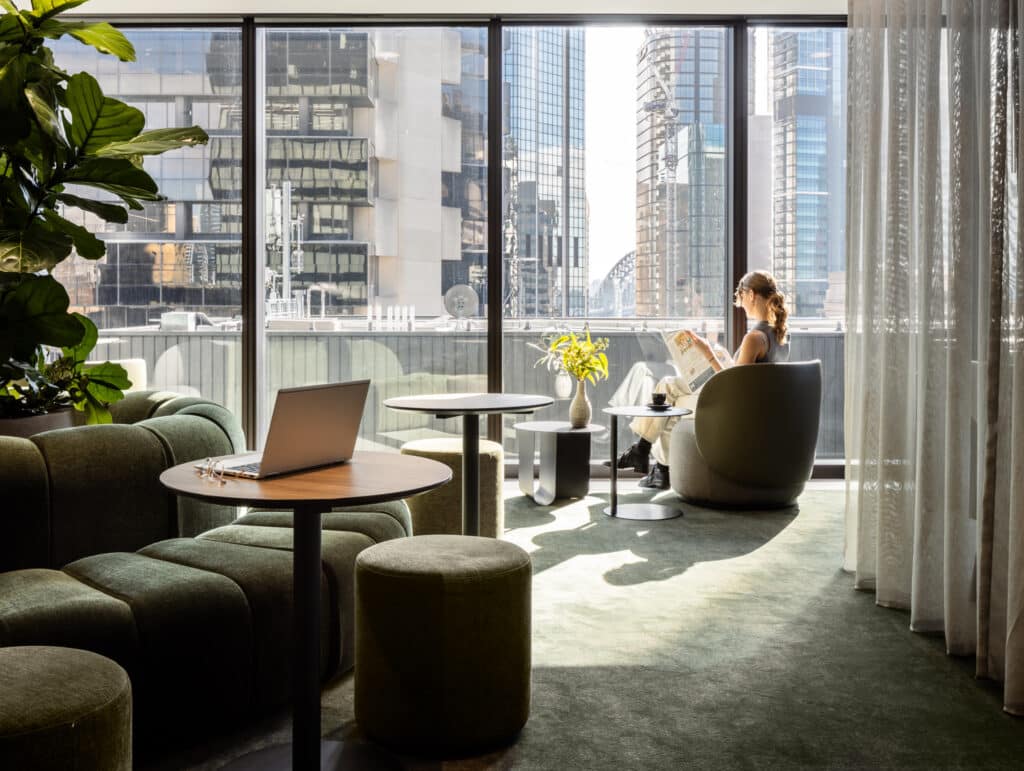

The work near home revolution challenges this model by offering a more decentralised approach to work. Instead of a central office, workers can choose from a variety of satellite offices located in suburban and regional areas closer to their homes. The benefits of a work near home solution are almost endless:
- Workers get the convenience of working close to home and the benefits of working in an office
- A reduction in traffic congestion, meaning less carbon emissions and less wear and tear on infrastructure
- Greater community connection, with local businesses supported by more people during the working week
- Less time spent commuting, leaving more time to enjoy life outside of work
It’s what Australian employees are asking for, too. A survey of 1000 Australian office workers conducted by essensys found that 85% of respondents want to work in a flexible workspace near their homes, at least as much as their primary offices.
Not a one-size-fits-all solution
It needs to be said — this is not the death of the centralised office, nor is it a blanket answer for all organisations. It’s instead part of an overall workplace experience, where flexibility at work means combining the central office, working from home, and working near home to create a holistic solution.
Each location serves its own purpose. The primary, more central office is there for collaboration and connection, and company-wide activities. Satellite offices dispersed around suburbs and nearby regional centres are there for workers who want the office experience without the long commute times. Working from home is there for more singular, concentrated work, and on days when workers may need to attend to home and care duties.
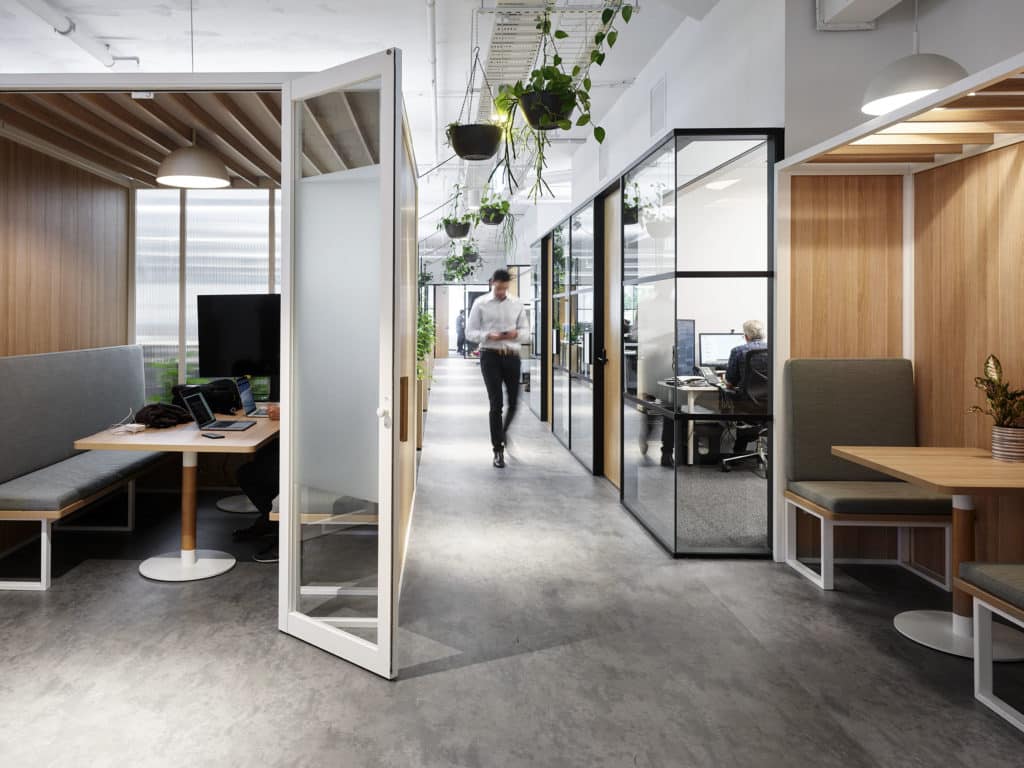

What this means for the traditional, centralised office is an uptick in quality. Spaces for collaboration, virtual meetings, and team workshops need to be offered at a high standard. Amenities that contribute to a quality of life need to be considered — things like end of trip facilities, a café with lunch options, and opportunities to socialise with colleagues. Reliable and secure technology is a must, covering things like access, booking meeting rooms, and fast internet.
The work near home revolution represents an exciting new direction in the world of work, beyond just another trend. Though we had to endure a global pandemic for companies to come to terms with the fact that being in the office isn’t the only way to be productive, it nows means employees have more agency when it comes to fitting work around their lives, instead of trying — and failing — to fit their lives around work.
